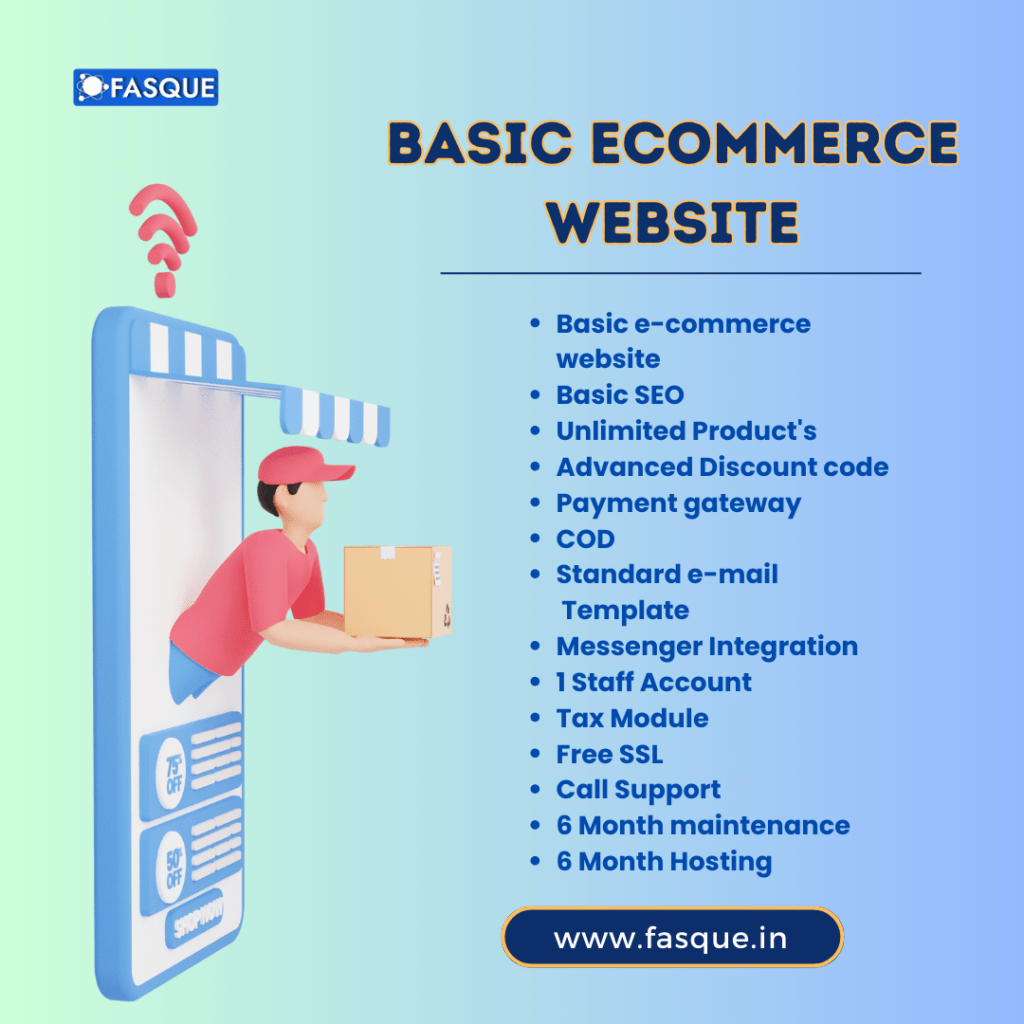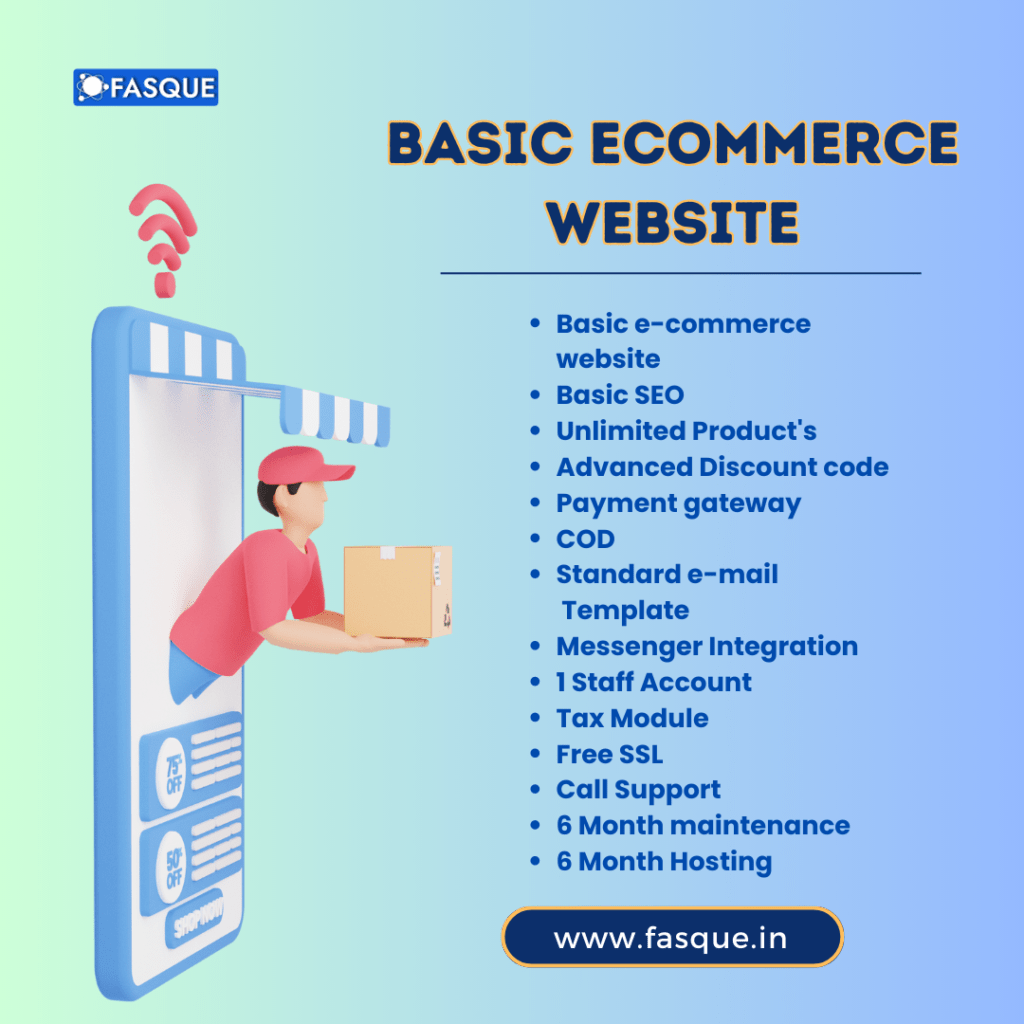- Single Vendor: Unlike multi-vendor platforms, a single vendor website is operated by a single seller who manages the entire inventory and product listings.
- Product Catalog: The website features a comprehensive catalog of products or services offered by the vendor, including detailed descriptions, images, and pricing information.
- Shopping Cart: Customers can add desired items to their shopping cart as they browse the website, enabling them to review and modify their selected products before proceeding to checkout.
- Checkout Process: The website provides a secure and streamlined checkout process, allowing customers to enter shipping details, select payment options, and complete their purchases.
- Payment Gateway Integration: Integration with various payment gateways enables customers to make online payments conveniently, using methods such as credit/debit cards, digital wallets, or bank transfers.
- Order Management: The vendor can efficiently manage and track customer orders, including order fulfillment, shipping, and handling returns or refunds if necessary.
- User Accounts: Customers have the option to create user accounts on the website, which can offer benefits like personalized recommendations, order history tracking, and saved payment/shipping information for future purchases.
- Customer Support: Contact information, such as a customer service hotline or email, is provided to assist customers with any inquiries, concerns, or support they may need during their shopping experience.
- Mobile-Friendly Design: The website is designed to be responsive and mobile-friendly, allowing customers to access and shop from the platform using smartphones or tablets.
- Marketing and Promotions: The vendor can implement marketing strategies such as discounts, promotional offers, loyalty programs, or email newsletters to attract and retain customers.
These points cover the main features and aspects of an eCommerce single vendor website.

